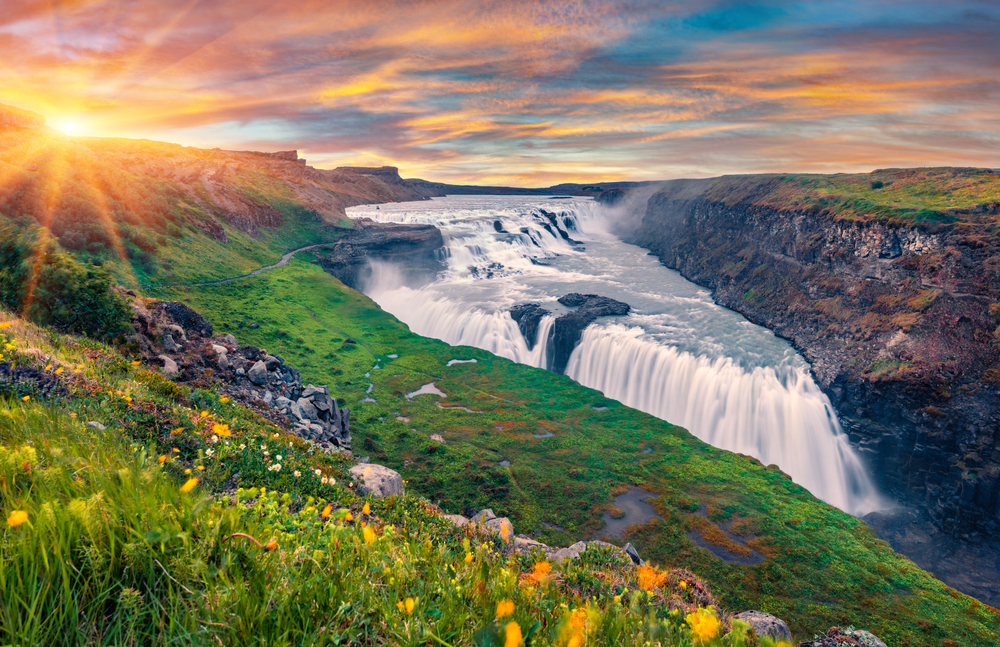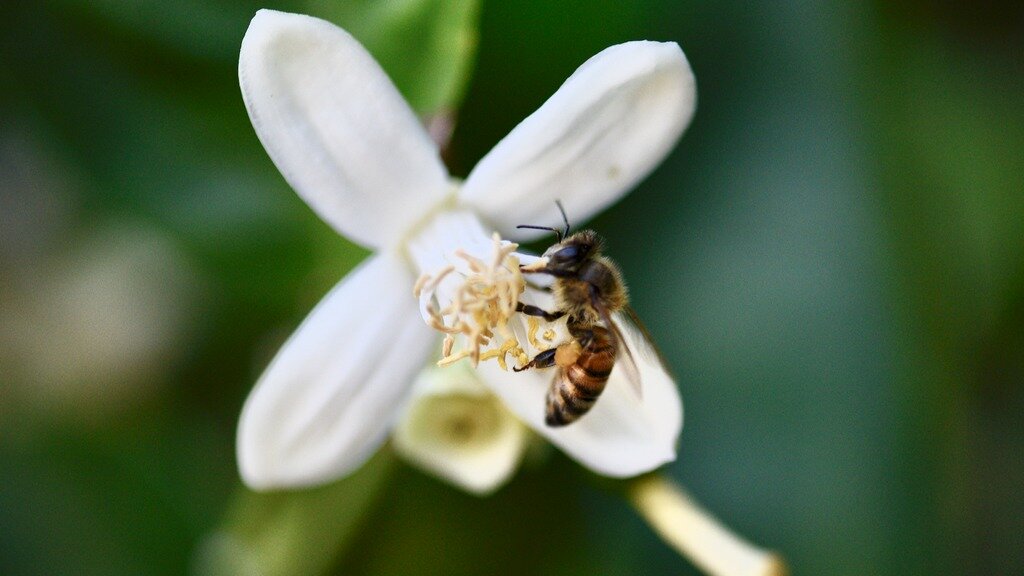The Golden Circle Iceland is one of the most popular tourist routes in the country, and for good reason. This stunning loop showcases some of the most breathtaking natural wonders and cultural landmarks that Iceland has to offer. From geysers and waterfalls to national parks and historical sites, the The Golden Circle Iceland is one of the most popular tourist routes in the country, and for good reason. This stunning loop showcases some of the most breathtaking natural wonders and cultural landmarks that Iceland has to offer. From geysers and waterfalls to national parks and historical sites, the Golden Circle is a microcosm of Iceland’s diverse landscapes and rich heritage. In this article, we will delve into the highlights of the Golden Circle Iceland, explore its significance, and provide tips for making the most of your visit.
The Allure of the Golden Circle
The Golden Circle is not just a route; it’s an experience that encapsulates the essence of Iceland. Stretching approximately 300 kilometers (about 186 miles) from Reykjavik, the capital city, this circular path takes you through some of the most iconic sites in the country. The three main attractions that define the Golden Circle Iceland are Þingvellir National Park, the geothermal area in Haukadalur, and the majestic Gullfoss waterfall. Each of these sites offers a unique glimpse into Iceland’s geological and cultural history.
One of the most fascinating aspects of the Golden Circle Iceland is its accessibility. Whether you’re a seasoned traveler or a first-time visitor, the route is well-marked and easy to navigate. Many tour operators offer guided excursions, but it’s also possible to explore the area on your own. This flexibility allows you to tailor your experience to your interests, whether you want to spend more time at a particular site or take a leisurely drive through the stunning Icelandic countryside.
Þingvellir National Park: A UNESCO World Heritage Site
Þingvellir National Park is the first stop on the Golden Circle Iceland and a site of immense historical and geological significance. Established in 2004 as a UNESCO World Heritage Site, Þingvellir is where the North American and Eurasian tectonic plates meet, creating a rift valley that is both visually striking and geologically important. The park is a haven for nature lovers, offering hiking trails, stunning landscapes, and a chance to witness the unique geological processes at work.
Historically, Þingvellir holds a special place in Golden Circle Iceland culture. It was here that the Althing, one of the world’s oldest parliaments, was established in 930 AD. This gathering of chieftains marked the beginning of Iceland’s journey towards self-governance and democracy. Today, visitors can explore the remnants of this ancient assembly and reflect on the significance of this site in shaping Iceland’s national identity.
The park is also home to the beautiful Öxarárfoss waterfall, which cascades down the cliffs and adds to the park’s charm. As you walk through the park, you’ll encounter crystal-clear streams, lush vegetation, and stunning views of the surrounding mountains. Whether you’re interested in history, geology, or simply enjoying the great outdoors, Þingvellir National Park is a must-visit destination on the Golden Circle Iceland.
Geysir Geothermal Area: The Land of Geysers
Next on the Golden Circle Iceland is the Geysir geothermal area, famous for its bubbling hot springs and erupting geysers. The most notable geyser in this area is Strokkur, which erupts every few minutes, shooting hot water up to 30 meters (about 98 feet) into the air. Watching Strokkur in action is a mesmerizing experience, and it’s no wonder that this site attracts visitors from all over the world.
The geothermal area is not just about geysers; it’s also home to a variety of hot springs, mud pots, and fumaroles. The vibrant colors of the mineral-rich Golden Circle Iceland water and the steam rising from the ground create a surreal landscape that feels otherworldly. As you explore the area, you’ll be reminded of the powerful forces of nature that shape the Earth.
In addition to its natural wonders, the Geysir area has a rich history. The word “geyser” itself is derived from the Old Norse word “geysa,” which means “to gush.” The Great Geysir, which gave its name to all geysers, was once one of the most active geysers in the world, but it has been largely dormant in recent years. Nevertheless, the area remains a testament to the geothermal activity that defines Iceland’s landscape.
Gullfoss: The Golden Waterfall
The final stop on the Golden Circle Iceland is Gullfoss, often referred to as the “Golden Waterfall.” This magnificent waterfall is one of Iceland’s most iconic natural attractions, and it’s easy to see why. Gullfoss is a two-tiered waterfall that plunges a total of 32 meters (about 105 feet) into a rugged canyon, creating a breathtaking spectacle of cascading water and mist.
The name “Gullfoss” translates to Golden Circle Iceland and it is said to have received its name due to the golden hue of the water during sunny days. The sight of the water tumbling down the cliffs, surrounded by the dramatic landscape, is nothing short of awe-inspiring. There are several viewing platforms that allow visitors to get up close to the falls, providing excellent photo opportunities and a chance to feel the refreshing spray of the water.
Gullfoss is not just a natural wonder; it also has a fascinating history. In the early 20th century, there were plans to harness the waterfall for hydroelectric power, but a determined woman named Sigríður Tómasdóttir fought to protect the falls from being developed. Her efforts were instrumental in preserving Gullfoss as a natural landmark, and today, it stands as a symbol of Iceland’s commitment to environmental conservation.
Tips for Exploring the Golden Circle
When planning your trip to the Golden Circle Iceland, there are a few tips to keep in mind to ensure a smooth and enjoyable experience. First and foremost, consider the time of year you’ll be visiting. The summer months offer long daylight hours and milder weather, making it an ideal time for exploration. However, visiting in the winter can provide a magical experience, with the possibility of seeing the Northern Lights and the landscape blanketed in snow.
Another important consideration is transportation. While many visitors choose to join guided tours, renting a car gives you the freedom to explore at your own pace. The roads are generally well-maintained, but be sure to check the weather conditions, especially during the winter months. Additionally, having a GPS or a reliable map can be helpful for navigating the route.
Don’t forget to pack appropriate clothing and gear, as the weather in Iceland can be unpredictable. Layering is key, as temperatures can fluctuate throughout the day. Comfortable walking shoes are also essential, especially if you plan to hike in Þingvellir National Park or explore the geothermal area.
Beyond the Golden Circle: Other Attractions
While the Golden Circle Iceland is undoubtedly a highlight of any trip to Iceland, there are plenty of other attractions worth exploring in the surrounding areas. For instance, the nearby Kerið crater lake is a stunning volcanic caldera filled with vibrant blue water, and it’s a great spot for a quick stop along the route. The colorful slopes of the crater create a striking contrast against the deep blue water, making it a photographer’s paradise.
Another fantastic destination is the Secret Lagoon, located in the small village of Flúðir. This natural hot spring offers a relaxing experience in a picturesque setting, complete with steam rising from the water and surrounding geothermal features. It’s a perfect way to unwind after a day of exploring the Golden Circle Iceland.
If you have more time, consider venturing further afield to explore the South Coast of Iceland. Here, you’ll find stunning waterfalls like Seljalandsfoss and Skógafoss, as well as the black sand beaches of Reynisfjara. The South Coast is rich in natural beauty and offers a diverse range of landscapes that are sure to leave you in awe.
Conclusion: A Journey Worth Taking
The Golden Circle Iceland is more than just a scenic route; it’s a journey through the heart of the country’s natural wonders and cultural heritage. From the geological marvels of Þingvellir National Park to the awe-inspiring Gullfoss waterfall, each stop along the way offers a unique glimpse into the beauty and history of Iceland. Whether you’re a nature enthusiast, a history buff, or simply looking for an unforgettable adventure, the Golden Circle Iceland has something for everyone.
As you plan your trip, remember to take your time and soak in the stunning landscapes. The Golden Circle Iceland is a place where nature and history intertwine, creating a tapestry of experiences that will stay with you long after you leave. So grab your camera, pack your sense of adventure, and get ready to explore one of Iceland’s most iconic routes. The Golden Circle Iceland! diverse landscapes and rich heritage. In this article, we will delve into the highlights of the Golden Circle Iceland, explore its significance, and provide tips for making the most of your visit.
The Allure of the Golden Circle
The Golden Circle is not just a route; it’s an experience that encapsulates the essence of Iceland. Stretching approximately 300 kilometers (about 186 miles) from Reykjavik, the capital city, this circular path takes you through some of the most iconic sites in the country. The three main attractions that define the Golden Circle are Þingvellir National Park, the geothermal area in Haukadalur, and the majestic Gullfoss waterfall. Each of these sites offers a unique glimpse into Iceland’s geological and cultural history.
One of the most fascinating aspects of the Golden Circle is its accessibility. Whether you’re a seasoned traveler or a first-time visitor, the route is well-marked and easy to navigate. Many tour operators offer guided excursions, but it’s also possible to explore the area on your own. This flexibility allows you to tailor your experience to your interests, whether you want to spend more time at a particular site or take a leisurely drive through the stunning Icelandic countryside.
Þingvellir National Park: A UNESCO World Heritage Site
Þingvellir National Park is the first stop on the Golden Circle and a site of immense historical and geological significance. Established in 2004 as a UNESCO World Heritage Site, Þingvellir is where the North American and Eurasian tectonic plates meet, creating a rift valley that is both visually striking and geologically important. The park is a haven for nature lovers, offering hiking trails, stunning landscapes, and a chance to witness the unique geological processes at work.
Historically, Þingvellir holds a special place in Icelandic culture. It was here that the Althing, one of the world’s oldest parliaments, was established in 930 AD. This gathering of chieftains marked the beginning of Iceland’s journey towards self-governance and democracy. Today, visitors can explore the remnants of this ancient assembly and reflect on the significance of this site in shaping Iceland’s national identity.
The park is also home to the beautiful Öxarárfoss waterfall, which cascades down the cliffs and adds to the park’s charm. As you walk through the park, you’ll encounter crystal-clear streams, lush vegetation, and stunning views of the surrounding mountains. Whether you’re interested in history, geology, or simply enjoying the great outdoors, Þingvellir National Park is a must-visit destination on the Golden Circle.
Geysir Geothermal Area: The Land of Geysers
Next on the Golden Circle is the Geysir geothermal area, famous for its bubbling hot springs and erupting geysers. The most notable geyser in this area is Strokkur, which erupts every few minutes, shooting hot water up to 30 meters (about 98 feet) into the air. Watching Strokkur in action is a mesmerizing experience, and it’s no wonder that this site attracts visitors from all over the world.
The geothermal area is not just about geysers; it’s also home to a variety of hot springs, mud pots, and fumaroles. The vibrant colors of the mineral-rich water and the steam rising from the ground create a surreal landscape that feels otherworldly. As you explore the area, you’ll be reminded of the powerful forces of nature that shape the Earth.
In addition to its natural wonders, the Geysir area has a rich history. The word “geyser” itself is derived from the Old Norse word “geysa,” which means “to gush.” The Great Geysir, which gave its name to all geysers, was once one of the most active geysers in the world, but it has been largely dormant in recent years. Nevertheless, the area remains a testament to the geothermal activity that defines Iceland’s landscape.
Gullfoss: The Golden Waterfall
The final stop on the Golden Circle is Gullfoss, often referred to as the “Golden Waterfall.” This magnificent waterfall is one of Iceland’s most iconic natural attractions, and it’s easy to see why. Gullfoss is a two-tiered waterfall that plunges a total of 32 meters (about 105 feet) into a rugged canyon, creating a breathtaking spectacle of cascading water and mist.
The name “Gullfoss” translates to “Golden Falls,” and it is said to have received its name due to the golden hue of the water during sunny days. The sight of the water tumbling down the cliffs, surrounded by the dramatic landscape, is nothing short of awe-inspiring. There are several viewing platforms that allow visitors to get up close to the falls, providing excellent photo opportunities and a chance to feel the refreshing spray of the water.
Gullfoss is not just a natural wonder; it also has a fascinating history. In the early 20th century, there were plans to harness the waterfall for hydroelectric power, but a determined woman named Sigríður Tómasdóttir fought to protect the falls from being developed. Her efforts were instrumental in preserving Gullfoss as a natural landmark, and today, it stands as a symbol of Iceland’s commitment to environmental conservation.
Tips for Exploring the Golden Circle
When planning your trip to the Golden Circle, there are a few tips to keep in mind to ensure a smooth and enjoyable experience. First and foremost, consider the time of year you’ll be visiting. The summer months offer long daylight hours and milder weather, making it an ideal time for exploration. However, visiting in the winter can provide a magical experience, with the possibility of seeing the Northern Lights and the landscape blanketed in snow.
Another important consideration is transportation. While many visitors choose to join guided tours, renting a car gives you the freedom to explore at your own pace. The roads are generally well-maintained, but be sure to check the weather conditions, especially during the winter months. Additionally, having a GPS or a reliable map can be helpful for navigating the route.
Don’t forget to pack appropriate clothing and gear, as the weather in Iceland can be unpredictable. Layering is key, as temperatures can fluctuate throughout the day. Comfortable walking shoes are also essential, especially if you plan to hike in Þingvellir National Park or explore the geothermal area.
Beyond the Golden Circle: Other Attractions
While the Golden Circle is undoubtedly a highlight of any trip to Iceland, there are plenty of other attractions worth exploring in the surrounding areas. For instance, the nearby Kerið crater lake is a stunning volcanic caldera filled with vibrant blue water, and it’s a great spot for a quick stop along the route. The colorful slopes of the crater create a striking contrast against the deep blue water, making it a photographer’s paradise.
Another fantastic destination is the Secret Lagoon, located in the small village of Flúðir. This natural hot spring offers a relaxing experience in a picturesque setting, complete with steam rising from the water and surrounding geothermal features. It’s a perfect way to unwind after a day of exploring the Golden Circle.
If you have more time, consider venturing further afield to explore the South Coast of Iceland. Here, you’ll find stunning waterfalls like Seljalandsfoss and Skógafoss, as well as the black sand beaches of Reynisfjara. The South Coast is rich in natural beauty and offers a diverse range of landscapes that are sure to leave you in awe.
Conclusion: A Journey Worth Taking
The Golden Circle Iceland is more than just a scenic route; it’s a journey through the heart of the country’s natural wonders and cultural heritage. From the geological marvels of Þingvellir National Park to the awe-inspiring Gullfoss waterfall, each stop along the way offers a unique glimpse into the beauty and history of Iceland. Whether you’re a nature enthusiast, a history buff, or simply looking for an unforgettable adventure, the Golden Circle has something for everyone.
As you plan your trip, remember to take your time and soak in the stunning landscapes. The Golden Circle is a place where nature and history intertwine, creating a tapestry of experiences that will stay with you long after you leave. So grab your camera, pack your sense of adventure, and get ready to explore one of Iceland’s most iconic routes. The Golden Circle awaits!




